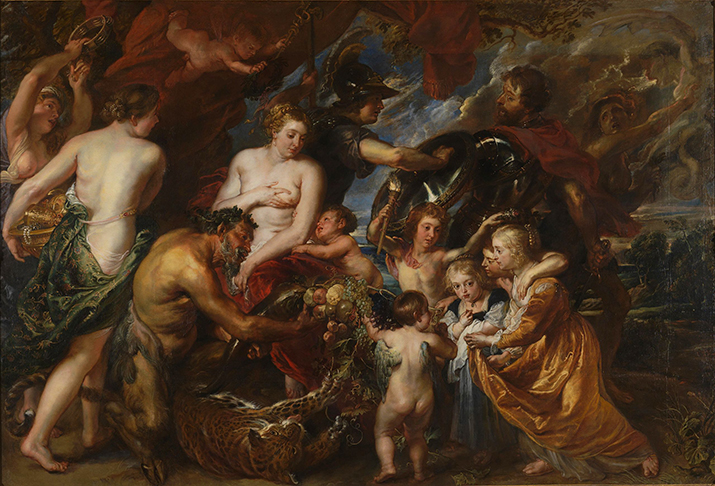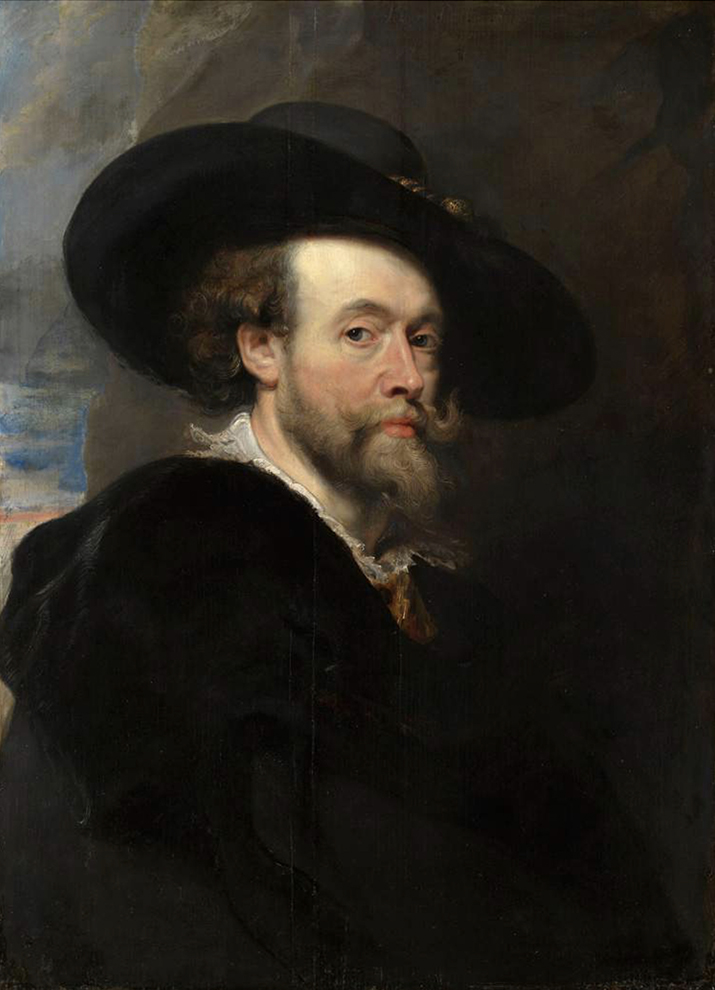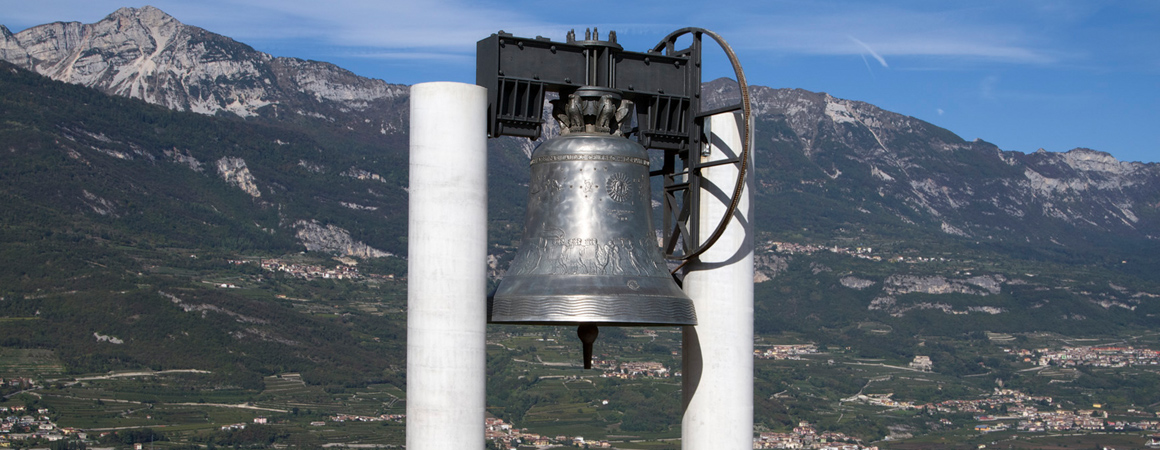ART AND SOCIETY
War is more spectacular than peace. Hence, there are more films or paintings that tell of battles than those that question why some battles did not happen. Peace doesn't make noise, nor does diplomacy when it works. There is an artist however who has merged two roles, that of the painter and that of the negotiator. On the one hand he painted absolute masterpieces that evoke the need to defend peace from attacks coming from all sides. On the other hand, he travelled around Europe to convince the royals that it was worth sending the soldiers who were still alive back home.
There is a large painting entitled Minerva protects Pax from Mars (‘Peace and War’) which was painted in London, between 1629 and 1630, and is preserved in the National Gallery. The artist actually lived in Antwerp, and in those days, one had to have good reason to travel all those kilometres and settle in such a distant place. Who knows how many borders were crossed, how many horses were fatigued, how many dangers were encountered. One didn't go from Antwerp to London on holiday in the 17th century. This man was in fact an envoy of Philip IV of Spain, and had been sent to negotiate peace with Charles I of England. The two countries had been at war for 5 years. Both monarchs wished to reach an agreement. But signing for peace is never easy because kings and queens like to be right even when they lose or reach a stalemate. In any case they need a credible story to tell their subjects and court historians.
And so even when it is clear that the time to stop fighting has come, someone is needed to find an honourable way out for all.
Then there are personal passions, which often play an important role in history. Charles I, for example, was a great connoisseur of art. A passionate collector, he knew and appreciated contemporary architects, sculptors and painters. Philip IV exploited this "weakness" to implement a winning strategy: he sent one of his most capable diplomats, Pieter Paul Rubens, a Flemish diplomat born in 1577 who incidentally also had a certain familiarity with canvases and brushes. The great painter painted a new work for the English sovereign, extremely relevant to his mission. In the centre is depicted the personification of Pax, nude, while she feeds Plutus, the god of wealth, with her milk. Its prosperous and opulent forms best express the ideal of female beauty of the time, but also the pleasantness of peace in contrast with the abomination of war.
According to a discovery resulting from x-rays taken in London not long ago, the picture was initially smaller than today's and was limited to the central group. There was Pax, little Plutus, the group of children on the right with Hymen, the god of marriage, and behind them an armed Minerva pushing away Mars, the god of war, accompanied by a Fury. The English king must have understood the meaning of the work well, which convinced him to accept the proposals of the great painter in his capacity as mediator. Charles I therefore said he was ready to sign for peace, which was concluded eight months later, but probably required an expansion of the work to make it more grandiose and imposing than Rubens had initially conceived. According to some experts, this would explain the enlargement of the painting's format and the apparent haste with which the external parts of the composition were completed, with the addition on the left of two women who are difficult to interpret, a satyr, the whole lower band of the painting and also, in the upper right corner, of a harpy. Rubens, for what it was worth, was knighted, and returned to Antwerp in March 1630. In November a Peace Treaty was signed between England and Spain.
However expert he was, the English king could not have noticed that the group of children in the centre on the right are the portrait of the children of Balthasar Gerbier, an art dealer in the service of the crown where Rubens was a guest during this diplomatic mission in London. George is the model for Hymen, the boy with the torch, while the girl who is adorned with a crown of flowers is his sister Elizabeth.
The other girl, staring directly at us with large, hopeful, slightly anxious eyes, is another sister, Susan.
It must have been a surprise for the English sovereign to see a painter of that level arrive in the role of negotiator. But Rubens had discovered his passion for diplomacy at the age of 13, when he entered the service of a Countess of Antwerp as a page. Shortly afterwards the artist decided to dedicate himself completely to painting and it cannot be said that he chose the wrong career although the path was tough. Rubens worked every day from four in the morning until five in the afternoon, and it was this absolute dedication that led to his success. Life however is made up of crossroads, and they are usually traumatic events. In 1625, during a terrible plague epidemic, the painter lost his beloved wife. It was at that moment that, in order to distract himself, he returned to accepting diplomatic missions which forced him to travel.
One of the greatest artists of all time was also a great politician, out of passion and also a little by chance. There may not be enough historical evidence to support it, but we like to think that the ability to see beauty, to create, reveal and search for it, was the same that led him to see, create, reveal and search for peace.

Pieter Paul Rubens, «Minerva protects Pax from Mars» (1629-1630, London, The National Gallery)

Pieter Paul Rubens, Self-Portrait (1623; oil on panel, Windsor, The Royal Collection)






